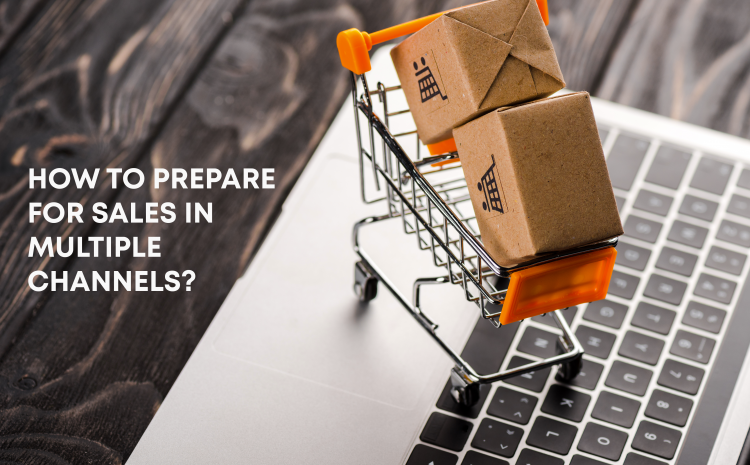How to prepare for selling in multiple channels
What is multichannel retailing?
Multichannel retailing is the process of selling your products in many different channels. The distribution of products in various channels allows consumers to shop from him through their most preferred place.
In the past, multichannel retailing has consisted of experiencing consumers in physical stores, browsing catalogs, talking to the merchant by phone or e-mail correspondence.
With the rise of e-commerce, many new sales channels are opening up – building own website, social networks – Facebook Marketplace and Instagram shop, and many marketplaces such as Amazon, Emag, OTTO, OLX, etc.
However, retailing through multiple channels can lead to many issues in business if not properly prepared. Problems such as slow order processing, inconsistencies in the information/prices of the same product in different channels, received orders with out-of-stock products are very common. Therefore, here you will find helpful tips on how to prepare for sales in multiple channels.
- Choosing sales channels
Research the different places where you can sell and determine which channels are best for your budget, the audience you want to reach, and the products you sell. Analyze the potential of the market. If you are looking for marketplaces, then be sure to check what types of products they offer. If you sell handmade products, then Etsy is probably the right marketplace for you. ASOS and Zalando, on the other hand, are marketplaces with a focus on fashion products.
Another important part here is the trading conditions. Most platforms have a monthly fee, but there are also such as the Dutch platform bol.nl, which works on a commission basis.
- Preparation of product information
Each sales channel has different requirements for organizing product information. When you are researching and choosing channels, it is good to get acquainted with the requirements of the individual platforms. The key factors for each item you need to prepare are the product name, photos, descriptions, and keywords.
- Product availability
Check the availability of your products and assess whether there is a need to arrange additional products or if you are a manufacturer – can you take a possible increase in production?
Another essential element is always that, the platforms on where you sell should know your stock for the individual items you have.
- Order processing
As the number of places we sell in increases, orders will increase too. Therefore, each retailer needs to plan how they will process the orders and whether they will be able to fulfill all incoming orders at any time.
- Delivery
The marketplace model allows every business to start selling in other countries. However, it is critical to think about the delivery and how it will be done. The possible ways are – using your own transport, courier company, drop-shipping model, and in some cases use the delivery from the platform in which you sell.
- Automation
Look for possible options for process automation. By using an Inventory Management system, you can know at any time which product is available and which is not. By integrating it with your sales channels, you guarantee the platforms will have real-time information about the availability of products.
The enrichment of the product portfolio, the information for each item, and their actualization through many marketplaces, can be automated through software for product information management. You can find more about them and the advantages of using them here.
The third critical process you can automate is order processing. If you sell on several platforms, orders are usually placed on each platform separately. If you use an order management system, you can look for integration with all the sales channels you use. How does this facilitate the order processing? The advantage of this software is to collect all orders in one place, which practically saves you time to enter each platform separately and monitor multiple channels.
- Optimization of own channels for mobile devices
Most marketplaces usually are optimized for mobile devices. Selling in own channels – website or application, it is good to pay serious attention to their visualization on a mobile application.
- Social networks
Use your communication channels to inform consumers where they can find your products. Use social networks to direct traffic to sales channels, to present products in promotion, or to announce a new collection/line.
- Results analysis
If you were selling in some channels so far, and are considering launching in others, analyze the data collected from successful channels and consider whether they are applicable in new ones.
Once you get started, analyze the results regularly, investigate buying behavior, and find a pattern to help you improve your services. But before you make a specific decision, make sure you do it based on enough data from your results.
Multi-channel sales bring with them an increase not only in turnover and profit but also in work. Remember to pay extra attention to customers who need more information, seek help or feel dissatisfied. Customers are your most important source of feedback on the business you grow. Hold advantage of it and listen to their opinions.



